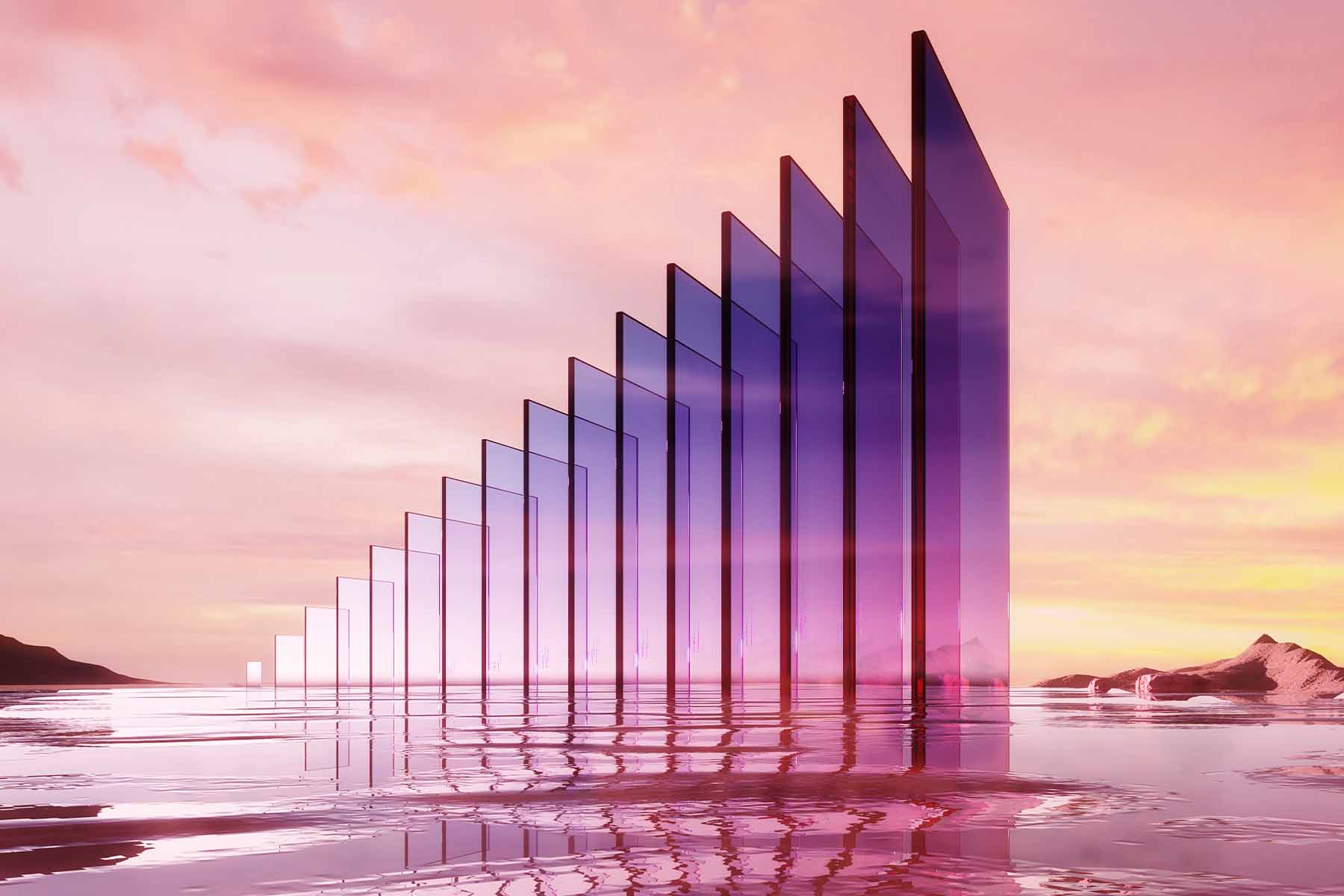
From social isolation to the new normal
A plan for reimagining commerce
Consumer behaviour has changed. We’ve seen one-way navigation systems in supermarkets and safe-distancing. We’ve seen elderly relatives switch to online shopping. We’ve seen shoppers accustomed to ecommerce moving to local convenience stores – because those stores stock what they want, and/or because they are not the priority for the big retailers who are focused on households with greater need.
But we are moving on. As consumers anticipate the new normal, we’ve outlined four stages for brands to follow to deliver seamless, contextual commerce.
STAGE 1
Self-isolation and maximum restrictions: be available
This stage of the journey addresses the practical issues of unexpected restrictions and focuses on problem solving. While shoppers are stocking up, brands are bundling or switching to new routes to market, such as Direct-to-Consumer (D2C) or B2B.
Unilever has developed a D2C platform called Leverdirect that delivers a bundle of 15 essential cleaning products for the house and the family for under £40.
Meanwhile eBay has introduced a programme for retailers who lack ecommerce facilities. With quick training and support to hand, Up & Running allows retailers to run an eBay store for free for three months.
STAGE 2
At home with fewer restrictions: be relevant
Restrictions are lifted, but shoppers continue to focus on stocking up and they will still want large product packs but with a wider range on offer. There will be more opportunity for personalisation and customised experience.
People will be likely to experiment in small ways, looking for variety – such as with a new format or fragrance. Brands will need to be affordable and new pricing models could emerge, such as needs-based pricing. We have already seen health workers offered preferential pricing on everything from food to Ubers.
At home, channels such as ecommerce, D2C, subscriptions and click-and-collect will thrive, as people turn their homes and gardens into sanctuaries. We will see huge spikes in demand for everything from vegetable seeds and breadmakers to hair dye and gin-making kits as people become more self-reliant.
We know that shoppers are likely to switch brands when they switch channel or retailer so it’s important to plan for that. Products that were once big sellers may have fallen in online retailer algorithms so they will need investment to re-establish their position, while others may become more relevant, leading to new opportunities for sales.
STAGE 3
Out and about but with social distancing: build share of voice and more emotional connections
Experiential opportunities will rise, but stocking up will still be at the back of all our minds – maybe in preparation for winter. Though all channels will be important, out-of-home will grow in value as people return to driving and using public transport and spend more time outdoors.
Brands will need to recognise the need for ‘no touch’ shopping by using technology such as mobile scanning to help shoppers avoid having to pick up products to read the label.
One example is Lazada, the largest ecommerce operator in Southeast Asia, which has launched its Securely Shop at Home campaign in Vietnam. The campaign combines contact-free shopping with educational content, including a talk show and a series of livestream sessions on COVID-19 and other respiratory diseases hosted by leading health professionals. The platform also introduced a dedicated fresh foods category so that shoppers can still access fresh and nutritional products from certified suppliers while practicing social distancing.
Meanwhile, Sainsbury’s is pushing its SmartShop app, which was initially conceived to avoid the checkout queue.
STAGE 4
The new normal: bring the brand into every home by being relevant
At this stage, new habits and rituals will form for everyday consumption.
Brands will make the most of new routes to market and move from products to services, especially if there is a new direct customer base supported by first party data – for example, China’s innovative KFC ‘cook at home’ concept.
Social and peer-to-peer recognition will be important as we seek to reconnect with others. Social commerce will grow, following the lead of influencers who used lockdown to monetise audiences and exploit the shift to D2C. Trade sellers such as New Covent Garden Market who changed their routes to market may discover that these new routes offer better opportunities than the old ones.

New Covent Garden Market
In-store and out-of-home will become platforms for brand experiences and for showcasing innovations. Though logistical issues could make this difficult to execute, especially with seasonal products such as fashion and ice cream that have become out of sync with the season.
There may be an opportunity to redefine value by positioning your brand as an affordable treat or setting up subscription services.
Of course, none of us has a crystal ball but a clear strategy that is anchored in an ability to shift resources as quickly as circumstances change will help brands bounce back as they reimagine commerce.
published on
04 June 2020
Category
More in Commerce

Media in India: the future is now
Brands pursuing the Indian market must focus on personalised experiences and data-driven strategies

Multinational companies must have an India strategy
The Indian market is hugely attractive to brands, but multinational companies must have a bespoke India strategy

Where there’s women’s health, there’s wealth
There’s huge economic advantage in closing the women’s health gap, and yet still this gap is still formidable

